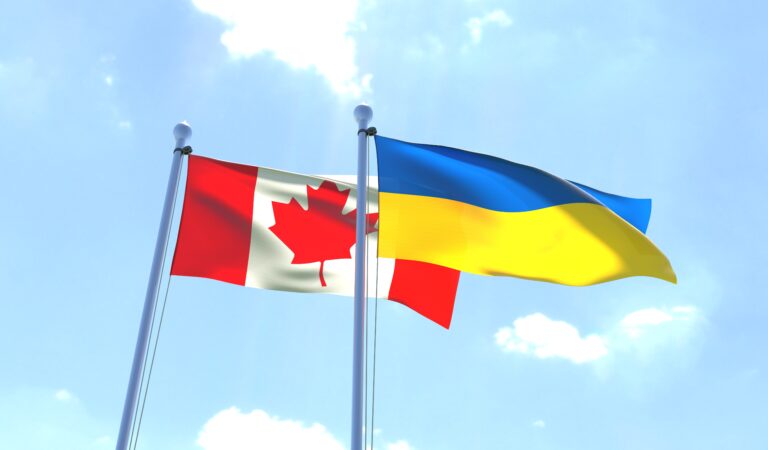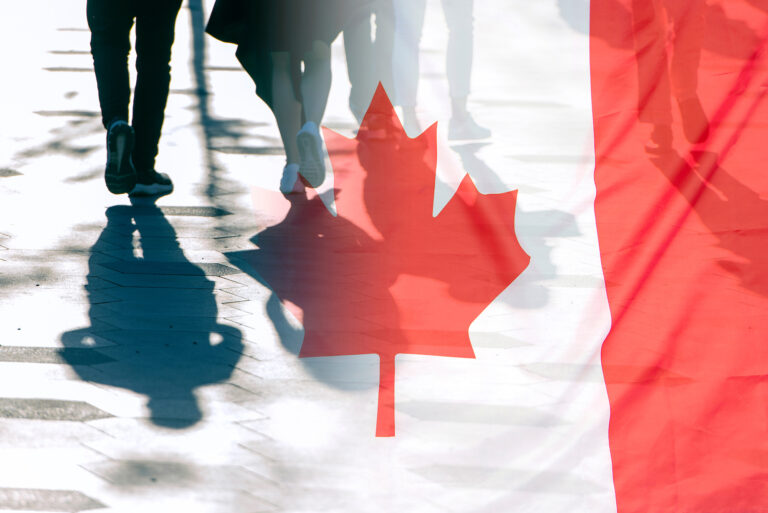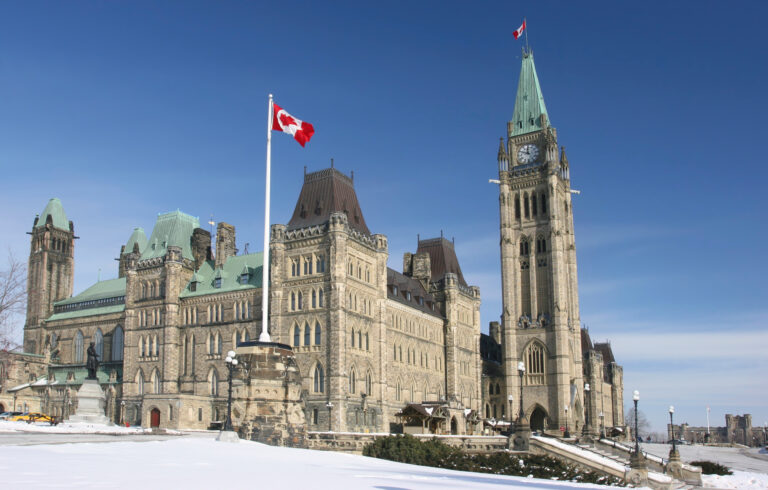Canada is still poised to welcome vastly more new permanent residents than the target set out by Immigration, Refugees and Citizenship Canada (IRCC) in 2023, despite the pace of immigration easing off for the second consecutive month in March.
In the first three months of this year, Canada welcomed 145,330 new permanent residents, putting the country on track to set a new record of 581,320 immigrants this year if that trend continues throughout the rest of 2023.
In its 2023-2025 Immigration Levels Plan, Ottawa has planned for 465,000 new permanent residents for this year, 485,000 new permanent residents in 2024 and another 500,000 in 2025.
The projected rate of immigration this year would be 25 per cent more than the IRCC’s target for this year and even 16.2 per cent above the highest level of immigration set out in the current Immigration Levels Plan, the target for 2025.
By the end of March this year, Canada had welcomed 27.7 per cent more new permanent residents than in the comparable three months last year when 113,800 newcomers came here.
Read More Canada Immigration News
Study Finds Newborns Of Immigrant Women In Poor Neighbourhoods Tend To Be Healthier
How To Immigrate To Canada As A Chemical Engineer
Canada’s New-Look Passport: All You Need To Know
Immigration to Canada started off strong this year right out of the gate with 50,905 new permanent residents in January, a monthly level of immigration unseen since at least 2015.
Since then, the monthly influx of new permanent residents has fallen steadily. In February, Canada welcomed 2.5 per cent fewer new permanent residents, 49,645, than in January.
Then, in March, the rate of immigration dropped even further, to 44,780 new permanent residents, a slip of 9.8 per cent.
Watch Video
By far the most popular destination for newcomers to Canada in the first three months of the year was Ontario which attracted 60,800 new permanent residents during the quarter.
Economic programs, including the Ontario Immigrant Nominee Program (OINP), Agri-Food Immigration Pilot (AFIP), Canadian Experience Class (CEC), Caregiver programs, Rural and Northern Immigration Pilot (RNIP), Federal Skilled Trades (FST) and Federal Skilled Worker (FSW) programs, the Start-Up Visa (SUV) and Self-Employed Persons (SEP) programs, and the Temporary Resident to Permanent Resident Pathway accounted for roughly half of all new permanent residents coming to Ontario in the first quarter.
Economic Programs Drawing More Than Half Of Immigrants To Ontario
Those programs helped 31,555 new permanent residents arrive in Ontario in the first three months of the year.
Another 16,760 new permanent residents arrived in Ontario through family sponsorships and 9,205 came to that province through Canada’s refugee programs in the first quarter of 2023.
The other provinces and territories attracted the following number of new permanent residents each during that period:
- Newfoundland and Labrador – 2,045
- Prince Edward Island – 1,275
- Nova Scotia – 3,930
- New Brunswick – 2,940
- Quebec – 16,045
- Manitoba – 8,835
- Saskatchewan – 7,380
- Alberta – 17,135
- British Columbia – 24,465
- Yukon – 345
- Northwest Territories – 125
- Nunavut – 10
The francophone province of Quebec’s level of immigration in the first quarter of this year puts in on track to welcome 64,180 new permanent residents by the end of 2023 if the current trend holds out.
Quebec Seeing Higher Immigration Despite Premier’s Desire To Hold The Line On It
That would mean a much-higher level of immigration to La Belle Province at a time when Quebec Premier François Legault is saying he wants to hold the line on immigration in an attempt to ensure the survival of the French language in the province.
“I want to be very clear,” Legault has reportedly told journalists outside the National Assembly of Quebec. “It is out of the question for Quebec to experience such an increase in immigration in the coming years.
“It is this way and must stay this way: Quebec alone must decide on the number of permanent immigrants it receives each year.”









